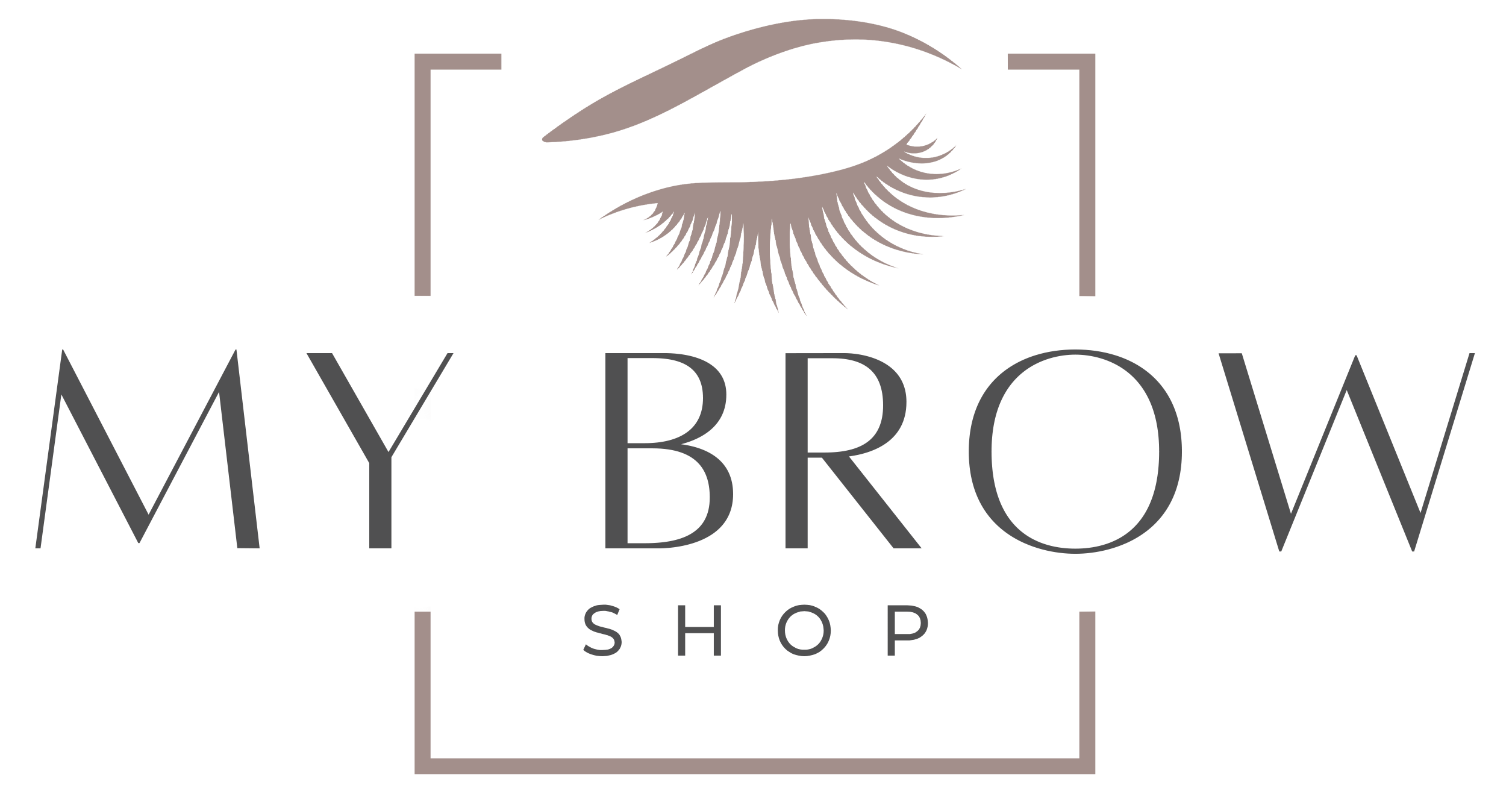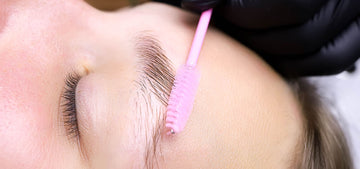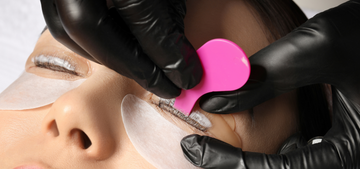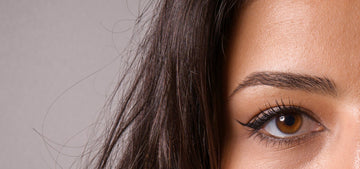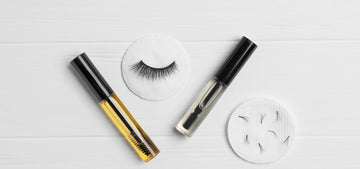Eyebrows are a crucial part of facial symmetry and expression, framing the eyes and playing a significant role in non-verbal communication. Whether due to over-plucking, health conditions, or natural thinning, many people find themselves wondering about the regrowth of their brows. This article dives into the intricacies of eyebrow growth, shedding light on what to expect and how to foster fuller brows.
The Anatomy of Eyebrows
Eyebrows consist of hair follicles embedded in the skin, similar to scalp hair, but with notable differences in growth cycles and texture. Understanding this anatomy is key to grasping how and why eyebrows grow as they do.
The Eyebrow Growth Cycle
The life cycle of an eyebrow hair can be divided into three phases: the anagen (growth) phase, the catagen (transition) phase, and the telogen (resting) phase. Each phase plays a critical role in the regrowth and loss of eyebrow hair.
Anagen Phase
This is when the hair is actively growing, lasting between 4 to 7 weeks for eyebrows, considerably shorter than scalp hair's growth phase.
Catagen Phase
A brief transitional stage where the hair follicle shrinks and growth stops, lasting about 2 to 3 weeks.
Telogen Phase
The final phase, where the hair rests for about 2 to 4 months before falling out. It's during this phase that new hair begins to form in the follicle.
Factors Affecting Eyebrow Growth
Genetic Factors
Your genes play a significant role in determining the thickness, color, and growth pattern of your eyebrows.
Age
As we age, hair growth slows down, affecting eyebrows' density and speed of regrowth.
Nutritional Factors
A diet lacking essential nutrients can hinder hair growth, including that of eyebrows.
Health Conditions
Certain medical conditions and treatments can impact hair growth, leading to thinner brows or delayed regrowth.
Hair Removal Methods
The method by which you groom your eyebrows can affect their growth cycle and potential to regrow.
How to Support Eyebrow Growth
Proper Nutrition
A balanced diet rich in vitamins and minerals supports hair growth. Incorporate foods high in proteins, vitamins A, C, and E, and omega-3 fatty acids.
Eyebrow Serums and Oils
Products specifically designed to nourish and stimulate eyebrow growth can be effective when used consistently.
Gentle Handling
Avoid over-plucking and harsh treatments that can damage hair follicles.
Consulting a Professional
For concerns about eyebrow growth or loss, consult a dermatologist or a trichologist.
What to Avoid
Over-plucking
Frequent plucking can damage hair follicles, leading to reduced growth over time.
Harsh Chemicals
Products containing harmful chemicals can weaken hair follicles, impeding eyebrow growth.
Myths About Eyebrow Growth
There are many myths surrounding eyebrow growth. It's crucial to differentiate between fact and fiction to properly care for your brows.
When to See a Professional
If you experience significant eyebrow loss or have concerns about regrowth, it's wise to consult a healthcare professional.
The Take Home
Understanding the factors that influence eyebrow growth and the steps you can take to support it are key to achieving fuller, healthier brows. Patience and consistent care are crucial, as regrowth can take time.
FAQs
Q: How can I speed up eyebrow growth?
A: To accelerate eyebrow growth, a multifaceted approach combining good nutrition, proper eyebrow care, and avoiding damaging habits is essential. Incorporating a diet rich in vitamins and minerals supports hair health, while topical treatments like serums enriched with peptides and natural oils can directly nourish the follicles. It's also crucial to minimize harm by avoiding over-plucking and exposure to harsh chemicals. Gentle daily massage can improve circulation, enhancing the delivery of nutrients to the hair follicles. Remember, patience and consistency are key, as eyebrow hair growth varies among individuals and takes time. For persistent issues, consulting a dermatologist can provide tailored advice and treatment options.
Q: Is it possible for eyebrows not to grow back?
A: Yes, it is possible for eyebrows not to grow back, or to grow back very thinly, after they have been lost. This can occur due to a variety of reasons, including over-plucking, aging, hormonal imbalances, nutritional deficiencies, or medical conditions such as alopecia areata. Repeated trauma to the hair follicles from over-plucking or waxing can permanently damage them, preventing hair from growing back. Additionally, certain medical treatments, like chemotherapy, can also lead to eyebrow hair loss that might be permanent. If you're experiencing significant eyebrow loss without regrowth, it's important to consult a healthcare professional to identify any underlying issues and explore potential treatments.
Q: How can I tell if my eyebrows are in the growth phase?
A: Identifying if your eyebrows are in the growth phase, known as the anagen phase, can be observed through a few signs. Typically, during this period, you might notice new, small hairs beginning to emerge along the brow line, indicating active growth. These hairs are usually finer and lighter in color, gradually becoming thicker and darker as they mature. The growth phase for eyebrows lasts about 4 to 7 weeks, so if you see consistent growth during this time, it's likely your eyebrows are in the anagen phase. Additionally, if your eyebrows appear fuller and denser than before, it's a strong indicator that many hairs are actively growing. Monitoring these changes over a few weeks can help you determine if your eyebrows are indeed in the growth phase.
Q: Can diet affect eyebrow growth?
A: Diet plays a significant role in eyebrow growth, much like it does in the overall health of your hair and skin. Nutrients from a well-balanced diet can provide the building blocks for hair growth, including that of the eyebrows. Vitamins such as A, C, E, and the B-complex group, along with minerals like zinc, iron, and selenium, are essential for the hair growth cycle. Proteins, being the hair's main component, are crucial, and omega-3 fatty acids help keep the hair follicles healthy. A deficiency in any of these nutrients can lead to slower hair growth or hair loss. Therefore, incorporating a nutrient-rich diet not only supports general health but can also promote fuller, healthier eyebrow growth.
Q: Are there any treatments for permanent eyebrow loss?
A: For those experiencing permanent eyebrow loss, several treatment options are available to restore or enhance the appearance of eyebrows. One of the most popular methods is microblading, a semi-permanent tattoo technique that creates the illusion of fuller brows by drawing individual strokes that mimic natural hairs. For a more permanent solution, eyebrow transplantation, similar to scalp hair transplants, involves taking hair from another part of the body and grafting it onto the eyebrow area. Additionally, topical treatments such as prescription-strength minoxidil may encourage some hair growth in certain individuals, although its effectiveness can vary. Consulting with a dermatologist or a cosmetic surgeon can provide tailored advice and help determine the most appropriate treatment based on the cause and extent of the eyebrow loss.
